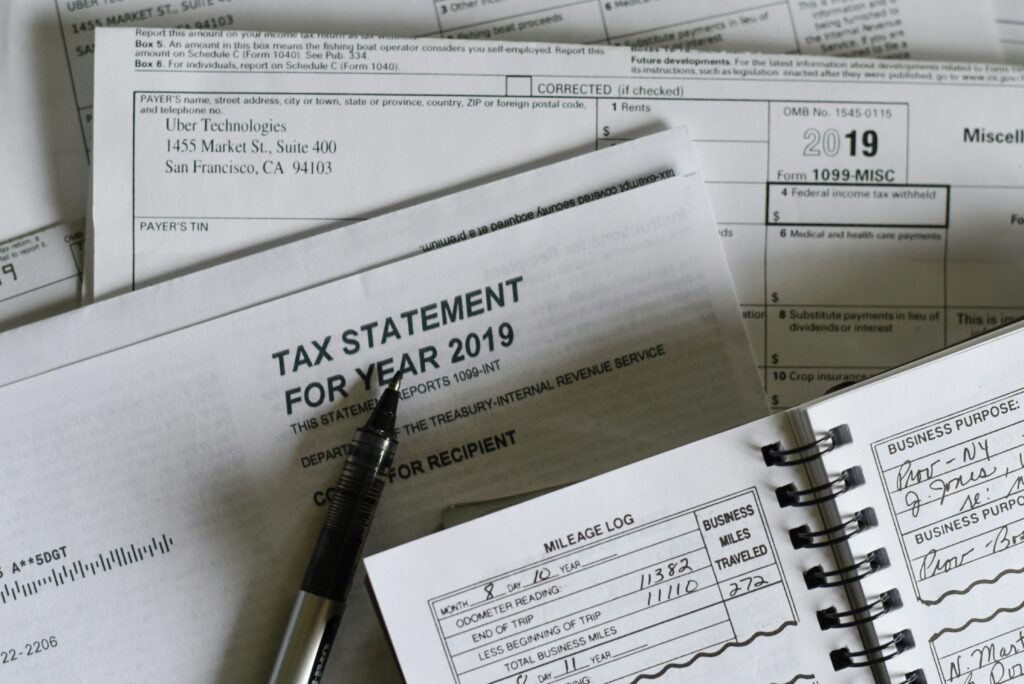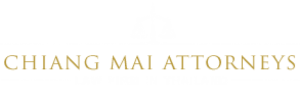Thailand income tax system affects individuals, companies and cross-border groups. Knowing who is taxable, what income is taxed, current rates, withholding obligations, filing mechanics, and the recent policy changes (notably implementation of the global minimum tax and special measures for returnees) is essential for planning. This guide covers residency rules, personal and corporate rates, withholding and indirect obligations, incentives and compliance risks — with practical takeaways for expatriates, employers and business owners.
1) Who is taxable in Thailand (residency and scope of taxation)
For individuals, tax residency is the key trigger: a person who stays in Thailand for 180 days or more in a calendar (tax) year is generally treated as a Thai tax resident; residents are taxed on Thai-sourced income plus foreign-sourced income brought into Thailand in the year of receipt (special rules apply for foreign income remitted after certain dates). Non-residents are taxed only on Thailand-sourced income, generally on a gross basis for some income types. For companies, Thailand-domiciled entities are taxed on worldwide income; non-resident entities are taxed only on Thailand-sourced income. Understanding the 180-day test and the timing of remittances is central to residency planning and cross-border tax exposure.
2) Personal income tax (PIT) — rates, allowances and common taxable items
Thailand applies progressive personal income-tax rates on net taxable income. The headline bands run from 0% for the lowest band up to 35% for top-end income (the usual bracket thresholds are 0–150,000 THB exempt, then stepping up to 35% above 5,000,000 THB). Taxable income includes employment salary, business and professional income, certain passive income and capital gains in defined circumstances. Deductions, allowances (personal, spouse, children, social-security contributions, certain mortgage/retirement savings) and expense rules are significant — they reduce taxable income and must be substantiated by records. Expatriates should check how employer benefits (housing, allowances) are treated and whether any special reliefs apply.
3) Corporate income tax (CIT) — standard rates and recent policy shifts
The standard corporate income-tax framework taxes net profits. For most companies the headline rate has been 20%, but tax incentives, SME tiers and special regimes mean effective rates vary for smaller businesses or BOI-promoted companies. Crucially, Thailand has legislated a global minimum top-up tax (OECD Pillar Two) applicable from 2025 for very large multinationals (the top-up is targeted at groups with consolidated revenue above the international threshold) — the new minimum tax introduces a willingness by Thailand to apply a 15% top-up where other measures mean the effective tax is below that floor. For inward investors and multinationals, this means transfer-pricing, incentive planning and cross-border group tax modeling must be revisited for 2025 onwards.
4) Withholding tax (WHT) and collection at source — what to watch for
Thailand requires withholding at source on many payments: salaries (employer payroll withholding), certain service fees, royalties, interest, dividends and payments to nonresidents. Typical domestic WHT/ final rates include 10% on dividends (reduced by treaty in many cases) and commonly 15% for many types of payments to foreign entities (services, royalties, interest), although rates and temporary reductions can apply and double-tax treaties often lower these rates. Employers and local payers must withhold, remit to the Revenue Department on schedule, and issue withholding certificates to recipients — failure to withhold triggers corporate and director-level risk.
5) Filing deadlines, provisional tax and penalties
The Thai tax year follows the calendar year for individuals (January–December), and returns are filed with the Revenue Department in the prescribed windows (individuals file an annual PIT return after the year end; employers must file monthly payroll and withholding filings). Corporates file annual CIT returns (with provisional payments during the year based on estimated profit) and submit audited financial statements with returns where required. Penalties for late filing, late payment, understatement and failure to withhold are material — they include surcharges, fines and interest. Accurate monthly withholding, timely provisional payments and proper bookkeeping avoid the majority of enforcement risks. (Consult local advisers for exact filing windows that apply to your tax year and entity type.)
6) Tax incentives, BOI and special regimes
Thailand offers a range of incentives (tax holidays, reduced CIT rates, import-duty exemptions) through the Board of Investment (BOI) and sectoral regimes for promoted activities (manufacturing, high-tech, certain services). For qualifying investors, BOI status can significantly lower effective tax and provide customs advantages — but BOI approval often carries substance, local employment and reporting conditions. There are also time-limited schemes and policy programs aimed at attracting skilled returnees (recent measures reported a capped tax rate for returning Thai nationals), so businesses and individuals should monitor current incentive windows and eligibility.
7) Transfer pricing, documentation and cross-border compliance
Thailand enforces transfer-pricing rules and comparability documentation requirements. Multinationals must prepare contemporaneous transfer-pricing documentation (master file/local file approaches in practice), benchmark transactions and be ready for adjustments. Cross-border related-party transactions are scrutinized; penalties apply where pricing does not reflect arm’s-length terms. The new global minimum tax and ongoing OECD-aligned transparency initiatives increase information exchange and heighten the importance of robust transfer-pricing governance.
8) Social security, payroll and non-tax deductions
Employers must register with the Social Security Office and withhold employee social-security contributions; employers also pay contributions. Payroll compliance includes withholding personal income tax, social security and correctly classifying benefits (taxable versus non-taxable). Misclassification creates back-tax and social-security risk. Temporary policy adjustments to contribution rates have been used at times for economic relief, so employers should check current contribution rules before payroll finalization.
9) Audits, disputes and remedies
The Revenue Department conducts tax audits and issues assessments when discrepancies appear. Taxpayers can contest assessments through administrative objection, appeal to tax courts and, ultimately, judicial review. To reduce audit exposure: keep organized books, retain supporting documents for deductions, and produce contemporaneous transfer-pricing files. Use dispute-resolution options (advance rulings, competent authority under treaties) where treaty interpretation or double taxation issues arise.
Practical takeaways (what you should do now)
-
Establish residency exposure: track days in country; small changes in presence can change tax residence.
-
Document everything: payroll, invoices, bank evidence for deductions and remittances of foreign income.
-
Review withholding obligations: ensure your payroll and supplier payments are being withheld correctly.
-
Reassess cross-border structures for Pillar Two: multinationals need to model the new minimum tax impact.
-
Use incentives carefully: BOI and promotional benefits are valuable but conditional—meet substance and reporting requirements.
-
Get local advice: Thai tax practice has detail and frequent updates; use a local adviser for filings, elections and audit defense.


